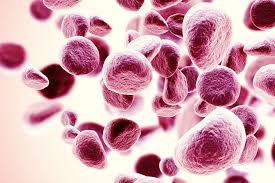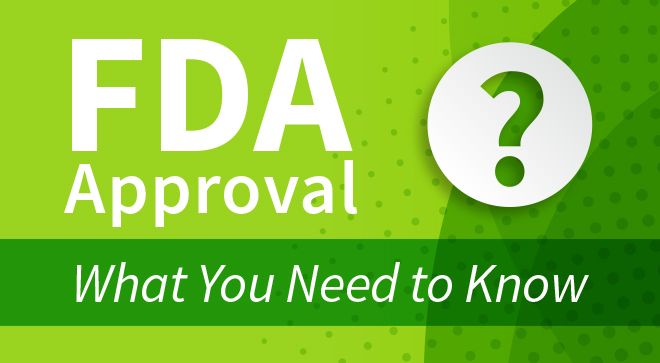Article
CAR-T Cells Could Play a Vital Role in Multiple Myeloma Treatment
Author(s):
An expert discusses how CAR-T cells will fit into the treatment paradigm for patients with multiple myeloma in the future.
It’s an exciting time in multiple myeloma, says one expert, thanks to the promising work currently being done in developing CAR-T cell therapy as a treatment option.
This therapy involves extracting immune system cells called T cells, reprogramming them to attack cancer cells and reintroducing them into the patient’s system. Given the high response rates seen in recent clinical trials, Noopur Raje, M.D., believes that CAR-T cells could play a much larger role in the treatment of patients with this type of blood cancer.
At this year’s 23rd Annual International Congress on Hematologic Malignancies, CURE’s sister publication, OncLive, spoke with Raje, the director of the Center for Multiple Myeloma at Massachusetts General Hospital Cancer Center about the future of CAR-T therapy and its emerging role in the treatment of multiple myeloma.
How do responses to the existing triplet regimens differ from the responses we’re seeing with CAR-T cells?
The difference is that this is a very different patient population. We’re not talking about first relapse; on average these patients have had about seven prior lines of therapy and besides the CAR-T cell option, they did not have anything else. So, these almost hospice-like patients who are quad- and penta-refractory — patients who have seen Revlimid (lenalidomide), Pomalyst (pomalidomide), Kyprolis (carfilzomib), Velcade (bortezomib) and Darzalex (daratumumab) – are part of a very different patient population wherein remission durations are dismal.
What CAR-T cell therapy has shown us, even in this heavily pretreated patient population, is that you’re seeing 90 percent or more of patients respond.
What are the key points you want to make in your talk today?
What I am going to talk about is data on the initial CAR-T cell approach. I think the big thing we’ve learned over the last couple of years in this space is that we’ve identified a good target. It seems like BCMA (B-cell maturation antigen) appears to be a universally acceptable target for CAR-T cells. There are a lot of different CAR-T cell products, but the good news is that the majority actually have pretty high response rates.
We’ll also be talking about what we need to learn and what questions we need to ask. I think this is just the beginnings of our understanding of cellular therapy in the world of multiple myeloma. We do have a lot more to learn about this and if we can make a better product. Could we be using these differently or should we be using them earlier on in treatment? All of these things are ongoing trials wherein we are beginning to ask some of these questions.
What does the oncology community need to know about CAR-T cell right now for myeloma?
It’s an exciting time for myeloma. We have lots of good treatment options, but I do think the one thing community oncologists need to understand is that CAR-T cell therapy is different from a transplant and that the toxicities are extremely different. The other important piece to recognize is that we’ve actually had this approach be fairly well tolerated by patients. This is not what we expected when we first went into it.
Where do you see CAR-T cell evolving over the next couple of years in this patient population?
I think CAR-T cells are going to be used earlier and earlier. The big question we’re going to ask ourselves is can we use CAR-T cells instead of an autologous transplant, and what is the best timing of using that CAR-T cell approach? Those kinds of trials are under investigation as we speak. And depending on what that data looks like; I do think CAR-T cells are going to come up front.




